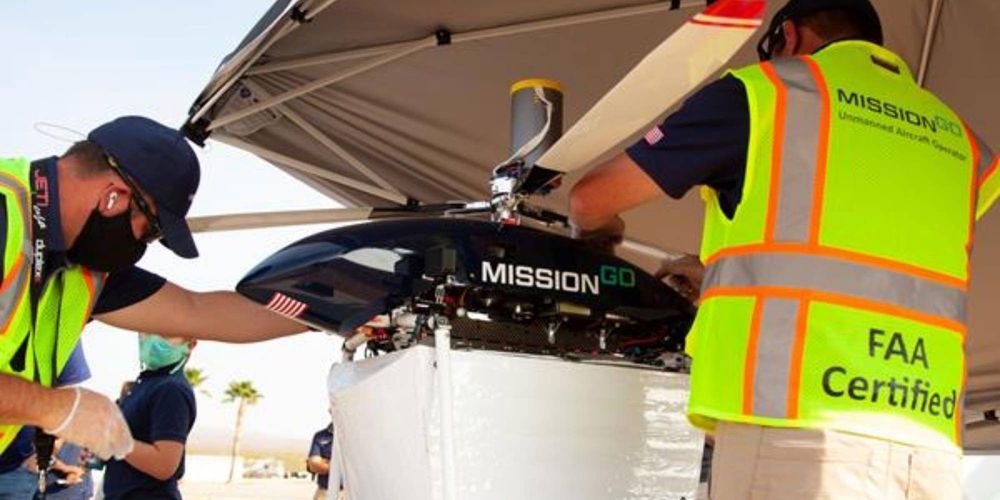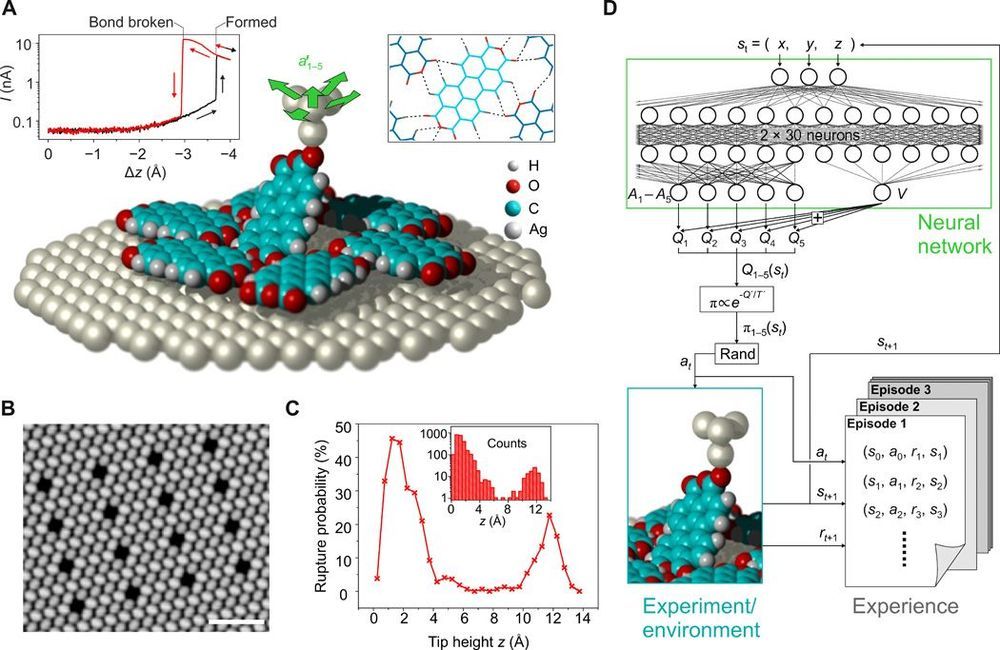NASA and ESA watched the remnants of a star go from the radiance of 5 billion suns to almost nothing over the course of a year.
Get the latest international news and world events from around the world.
Green technology: the man-made leaf that can produce oxygen
Here at OVO we’re always keeping our eye out for the latest cutting-edge tech that might benefit the environment. That’s why we’re incredibly excited about the news that Julian Melchiorri, a design student at the Royal College of Art, has created the first man-made, biologically functional leaf. Christened ‘The Silk Leaf’, it’s the ultimate in ‘green’ technology in more ways than one.
The leaf contains chloroplasts taken from real plant cells, which are suspended in a silk protein material. When this comes into contact with carbon dioxide, water and light, it converts it into oxygen, just like a real plant.
The advantages are obvious. Melchiorri quite rightly suggests that his invention could have huge implications for space travel, providing a renewable supply of oxygen to astronauts and allowing them to undertake longer journeys than previously possible.

Drone completes longest organ delivery in Las Vegas
Drone solution provider MissionGO has completed the longest organ delivery by drone in Las Vegas last week with the Nevada Donor Network. The two test flights were carrying a human organ and tissue to various locations around Las Vegas.
The first of the two flights was transporting research corneas from the Southern Hills Hospital and Medical Center to Dignity Health at the St. Rose Dominican, San Martín Campus. The flight demonstrated the viability, value, efficiency gains, and delivery speed of using drones to deliver organs and medical supplies.
The second flight delivered a research kidney from an airport to a location on the outskirts of a small town in the Las Vegas desert. This second flight was the one that marked the longest organ delivery by drone. The flight beat the previous record that was set in April 2019 also by MissionGO.
INTERNATIONAL CONFERENCE OF FUTURE AFRICA: SUSTAINING THE SOURCE. DAY 3 — Longevity
Beyond 2030 with Gennady Stolyarov II of the United States Transhumanist Party: Growing a Mainstream Transhumanist Movement In “2030: Beyond the Film” Direct…Gennady Stolyarov II: Growing a Mainstream Transhumanist Movement.
–
Transdisciplinary Agora for Future Discussions (TAFFD’s) is a global nongovernmental organization registered in the USA that serves as a futuristic think tank endeavored to the education and engagement urgency to help people understand the benefits and challenges of technology applied to high-impact industries and disciplines across the world.
We help prepare people’s minds by talking about the current advantages of this new paradigm and what the future entails using a trans-disciplinary approach that is transposed through the TAFFD’s Quarterly Journal, TAFFD’s annual Magazine, TAFFD’s International/Local Conferencing, TAFFD’s Awards, and TAFFD’s Teens divisions of our organization.
TAFFD’s is grateful & honored to be supported/endorsed by the Lifeboat Foundation, USTP, International Longevity Alliance, Open Source Mode, Emerge, Aubrey de Grey, Catherine Demetriades and by many people who wish to change the world through the proper use of technology.
JOIN US!

SpaceX — From Failures To Success👏
Click on photo to start video.
SpaceX — From Failures To Success 👏
Credits/Sources: –SpaceX
#SpaceX #Rockets #Falcon9 #FalconHeavy #SpaceXSuccess #ElonMusk
Ben Goertzel — GPT-3, AI, Understanding and Meaning Generation
Recent interview with Ben Goertzel on GPT-3/transformer networks, understanding and meaning generation — and what’s missing in AI atm.
This version is audio only — I will post the video version shortly smile

Autonomous robotic nanofabrication with reinforcement learning
The ability to handle single molecules as effectively as macroscopic building blocks would enable the construction of complex supramolecular structures inaccessible to self-assembly. The fundamental challenges obstructing this goal are the uncontrolled variability and poor observability of atomic-scale conformations. Here, we present a strategy to work around both obstacles and demonstrate autonomous robotic nanofabrication by manipulating single molecules. Our approach uses reinforcement learning (RL), which finds solution strategies even in the face of large uncertainty and sparse feedback. We demonstrate the potential of our RL approach by removing molecules autonomously with a scanning probe microscope from a supramolecular structure. Our RL agent reaches an excellent performance, enabling us to automate a task that previously had to be performed by a human. We anticipate that our work opens the way toward autonomous agents for the robotic construction of functional supramolecular structures with speed, precision, and perseverance beyond our current capabilities.
The swift development of quantum technologies could be further advanced if we managed to free ourselves from the imperatives of crystal growth and self-assembly and learned to fabricate custom-built metastable structures on atomic and molecular length scales routinely (1–7). Metastable structures, apart from being more abundant than stable ones, tend to offer attractive functionalities, because their constituent building blocks can be arranged more freely and in particular in desired functional relationships (7).
It is well established that single molecules can be manipulated and arranged using mechanical, optical, or magnetic actuators (8), such as the tips of scanning probe microscopes (SPMs) (9–12) or optical tweezers (13, 14). With all these types of actuators, a sequence of manipulation steps can be carried out to bring a system of molecular building blocks into a desired target state. The problem of creating custom-built structures from single molecules can therefore be cast as a challenge in robotics.
Lab turns trash into valuable graphene in a flash
World hunger is a persistent problem despite all of humanity’s progress in recent years. However, I believe that we have a real shot at defeating world hunge…
Scientists are using high-energy pulses of electricity to turn any source of carbon into turbostratic graphene in an instant. The process promises environmental benefits by turning waste into valuable graphene that can then strengthen concrete and other composite materials.

Latest Flight Testing!
Latest wing testing and the evolution of our aerodynamic control at speed with the #JetSuit never stops at Gravity. Here with the awesome Benjamin Kenobi chasing with his Inspire drone🤘
LINKS
SHOP: http://www.gravity.co/mobile-shop/
Instagram: https://www.instagram.com/takeongravity/?hl=en
Facebook: http://www.facebook.com/takeongravity/
LinkedIn: https://www.linkedin.com/in/richardbrowninggravity/
Web: http://www.gravity.co
TED 2017 talk: http://go.ted.com/richardbrowning
BACKGROUND
With a rich family history in Aviation, former Oil Trader & Royal Marines Reservist, Richard Browning, founded pioneering Aeronautical Innovation company, Gravity Industries in March 2017 to launch human flight into an entirely new era.
The Gravity #JetSuit uses over 1000bhp of Jet Engine power combined with natural human balance to deliver the most intense and enthralling spectacle, often likened to the real life Ironman.
Gravity has to date been experienced by over a billion people globally and covered by virtually every media platform. The Gravity Team, based in the UK, have delivered over 100 flight & Speaking events across 30 countries including 5 TED talks.
“The team and I are delivering on the vision to build Gravity into a world class aeronautical engineering business, challenge perceived boundaries in human aviation, and inspire a generation to dare ask ‘what if…”